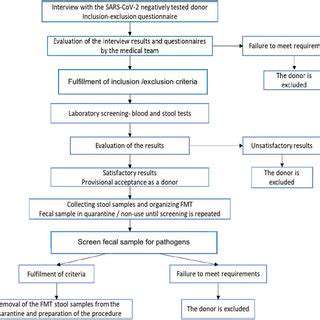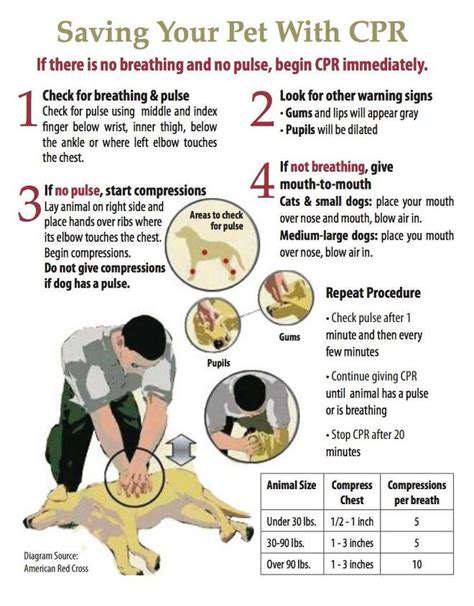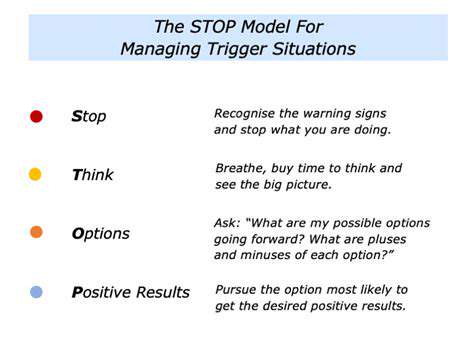Understanding Pet Dementia: Signs and Support
Managing Behavioral Challenges Associated with Dementia
Understanding the Root Causes
Canine cognitive dysfunction shares similarities with human dementia conditions, involving progressive neurological changes. However, numerous other health issues can mimic dementia symptoms, including chronic pain, sensory decline, or metabolic disorders. A thorough veterinary workup helps distinguish between primary cognitive decline and secondary manifestations of other medical conditions.
Diagnostic imaging like MRI scans can reveal structural brain changes, while blood panels identify treatable metabolic imbalances. This comprehensive approach ensures appropriate treatment strategies target the actual underlying causes rather than just addressing surface symptoms.
Recognizing the Early Warning Signs
Pet owners should remain vigilant for subtle behavioral shifts that might indicate cognitive changes. These include disrupted sleep-wake cycles, increased aimless wandering, or diminished responsiveness to familiar commands. Some animals demonstrate sundowning behaviors - increased confusion or agitation during evening hours.
Keeping a detailed journal documenting these observations helps veterinarians identify patterns and progression rates. Note specific incidents, durations, and any potential triggers. This documentation becomes invaluable for monitoring treatment efficacy over time.
Managing Disorientation and Confusion
Environmental adaptations can significantly reduce stress for disoriented pets. Consistent furniture arrangements maintain predictable pathways, while baby gates can prevent access to potentially hazardous areas during unsupervised periods. Scent markers using familiar pheromone sprays help some animals navigate their surroundings more confidently.
Establishing safe zones with comfortable bedding and favorite toys provides retreats when the animal feels overwhelmed. These areas should be easily accessible and free from excessive noise or foot traffic. Some pets benefit from wearing anxiety-reducing garments that provide gentle, constant pressure.
Addressing Changes in Eating and Sleeping Habits
Nutritional strategies for dementia patients focus on palatability and ease of consumption. Warming food slightly enhances aroma, stimulating appetite in pets with declining senses. Shallow, wide bowls prevent facial discomfort for animals with reduced coordination. Hand-feeding small portions throughout the day sometimes improves nutritional intake.
For sleep disturbances, creating a dark, quiet sleeping environment helps regulate circadian rhythms. Some pets respond well to calming pheromone diffusers or soft background music designed for animal relaxation. Consult your veterinarian before considering any sleep aids or supplements.
Responding to Changes in Housetraining Habits
Accidents often reflect confusion rather than willful disobedience. Increase bathroom breaks to prevent discomfort, using consistent verbal cues to reinforce the desired behavior. For indoor accidents, enzymatic cleaners completely eliminate odors that might attract repeat incidents in the same spot.
Consider creating multiple easily accessible elimination areas, especially for multi-level homes. Puppy pads or indoor grass patches provide alternatives when outdoor access becomes challenging. Always rule out urinary tract infections or other medical causes for sudden housetraining regression.
Coping with Increased Vocalization or Aggression
Excessive vocalizations often stem from anxiety, discomfort, or sensory confusion. Identifying and minimizing triggers forms the first line of management. For nighttime vocalization, ensuring adequate daytime stimulation and a predictable bedtime routine often helps.
Never punish anxiety-driven behaviors, as this typically exacerbates the problem. Instead, redirect attention with gentle interaction or quiet reassurance. If aggression emerges, consult immediately with a veterinary behaviorist to develop safe management strategies.
Seeking Professional Veterinary Guidance
Modern veterinary medicine offers various therapeutic options for cognitive support. These may include prescription diets fortified with brain-supporting nutrients, targeted supplements, or medications that enhance cerebral blood flow. Some clinics provide physical rehabilitation services to maintain mobility alongside cognitive therapies.
Partner with a veterinarian who demonstrates both expertise in geriatric care and patience for the unique challenges of cognitive conditions. Regular progress evaluations allow for timely adjustments to treatment plans as needs evolve. Quality of life assessments help guide difficult decisions while honoring the human-animal bond.
Read more about Understanding Pet Dementia: Signs and Support
Hot Recommendations
- Customized Sleep Schedules: AI Driven for Sustainable Rest
- Crafting a Personalized Productivity Plan for Mental Clarity
- Sustainable Self Compassion: Cultivating Kindness Towards Your Mind
- Sustainable Productivity Hacks for the Busy Professional
- Sustainable Wellness for Parents: Balancing Family and Self Care
- Data Informed Self Care: Designing Your Personalized Wellness Strategy
- Sustainable Wellness for a Purpose Driven Life
- AI Assisted Mindfulness: Personalized Meditations for Deeper Practice
- Building Inclusive Mental Health Services: Key Initiatives
- AI Powered Self Care: Customizing Your Routine for Maximum Impact










